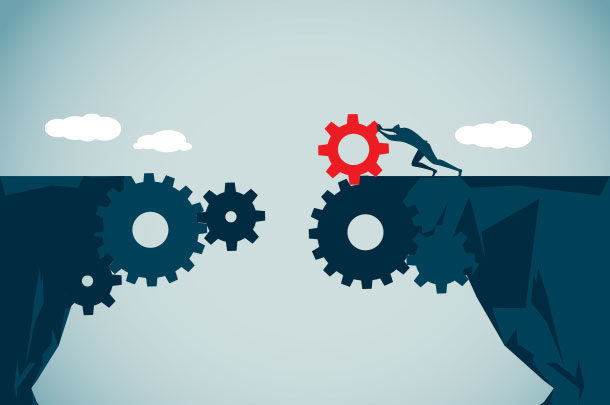Changes are taking place in the way we look at and practice leadership. We are learning a better fit for today’s working environment is to have a greater understanding of the people who are part of our farm, ranch, business or organization and how they contribute to the performance of the business.
Historically, leadership styles and implementation concentrated on how to assess a situation, make decisions, take orders and deliver on those orders. Leadership was more grounded in a command-and-control-focused, guarded, self-reliant and fearful environment heavily focused on business outcomes. Leader-centered business environments depicted by the leader holding the information and only making others aware of that information on a need-to-know basis was the norm.
However, today’s work environment is demanding a complete shift from this perspective. The shift to a fast-paced, more technology-driven business culture defines the need for empowerment, inclusion and encouragement, allowing individuals to be more engaged in the process. Research within the field of leadership has taught us that bringing people together with different areas of expertise to achieve the business goals and mission is proving to be more fruitful.
Mindset matters
What is your business’s approach to leadership? What terms would describe the work setting and communication at your farm or ranch? After studying thousands of people in businesses and organizations, and having more than 3 million people complete their personality assessment, researchers at Core Strengths, an industry-leading leadership assessment and talent development company, have identified the essential link in setting successful businesses apart from their unsuccessful counterparts is to shift the leadership to a people performance focus.
This shift is done by equipping individuals with ways to understand what drives behaviors. Core Strengths terms this “Relationship Intelligence,” the ability of individuals to work with people and have the insights needed to adjust their approaches across teams.
Relationship intelligence is the bridge between people and performance. Gaps can occur or take place in a business setting between those on the team and the actual performance outcomes of the business. In order to bridge these gaps, it is important to be able to bring out the best in people for them to achieve the performance goals of the organization, but this requires insight on how to adjust our personal approach to make interactions more productive and effective. Better business performance boils down to better relationships.
1. Building self-awareness
What is your working style? What motivates your behaviors? What are your personality traits? How do others perceive you as a result of the motives that influence your behavior? Visualize a buoy with an anchor holding a boat in place. What do people see? They only see the buoy because it is above the water. People see what is on the surface, and this is the same in the case of how we view individuals.
What people see is your working style, communication style, actions, etc.; they see what is on the surface. What is most important to keep the boat in place? It is the anchor in the water, the parts that we don’t easily see. The anchor influences where and how the buoy floats and keeps the boat from drifting. The anchor is depictive of the motives that drive you (the buoy) and what influences your personality traits and working styles.
This description outlines how important it is to understand ourselves and what drives our behaviors because it is what influences how others view us and how they interpret our actions. A baseline to achieve self-awareness is completing a personality assessment, which can further identify what drives our behavior.
2. Awareness of others
Building a people-oriented business environment is not just about learning about how we are wired but how those around us are wired and how we can build bridges to make the work setting and communication resonate positively with others. It’s valuing what works for our farm and ranch siblings, children or team members and gaining the best understanding of how they want to be included, collaborated with and appreciated. Just as others’ first impressions of you are what they see on the surface (your buoy), that will also be your first impression of their working style if you do not take the time to learn more about what anchors them and drives their behavior.
Adjust your personal approach to one that makes them feel more valued, enhances teamwork and demonstrates how you are honoring that individual and their abilities. One example is communication. Speak to them in a way that engages them, not just in a way you prefer. Show you are reaching out to them rather than making them adapt to your style and needs.
If you prefer short, limited conversations, yet you understand the other person prefers more detailed explanations, then providing communication more fitting to their style preference than yours will be more effective. Having the insight to adjust your working style to that of others on your team reduces the opportunity for conflict and shifts the focus to productive opposition and diversity.
If something needs repaired around the ranch, you can only successfully do so with the right tool. This is the same in building working relationships. You need to dig into your toolbox and learn how to effectively work with others and learn how to bring the right tool in order to build the bridge. ![]()
IMAGE: Getty Images.

-
B. Lynn Gordon
- Consultant/Ag Writer
- LEADER Consulting
- Sioux Falls, South Dakota
- Email B. Lynn Gordon
- Email B. Lynn Gordon








